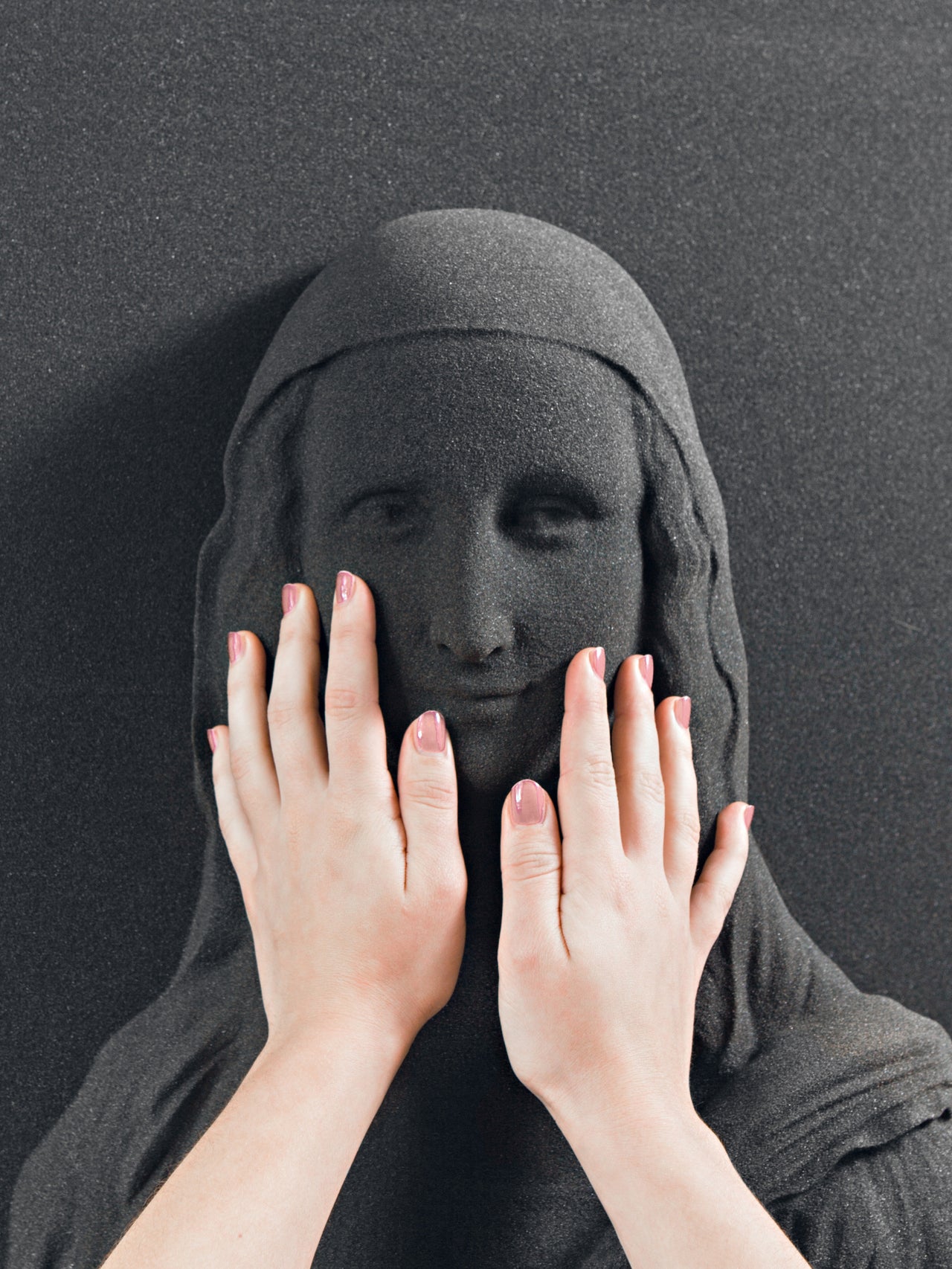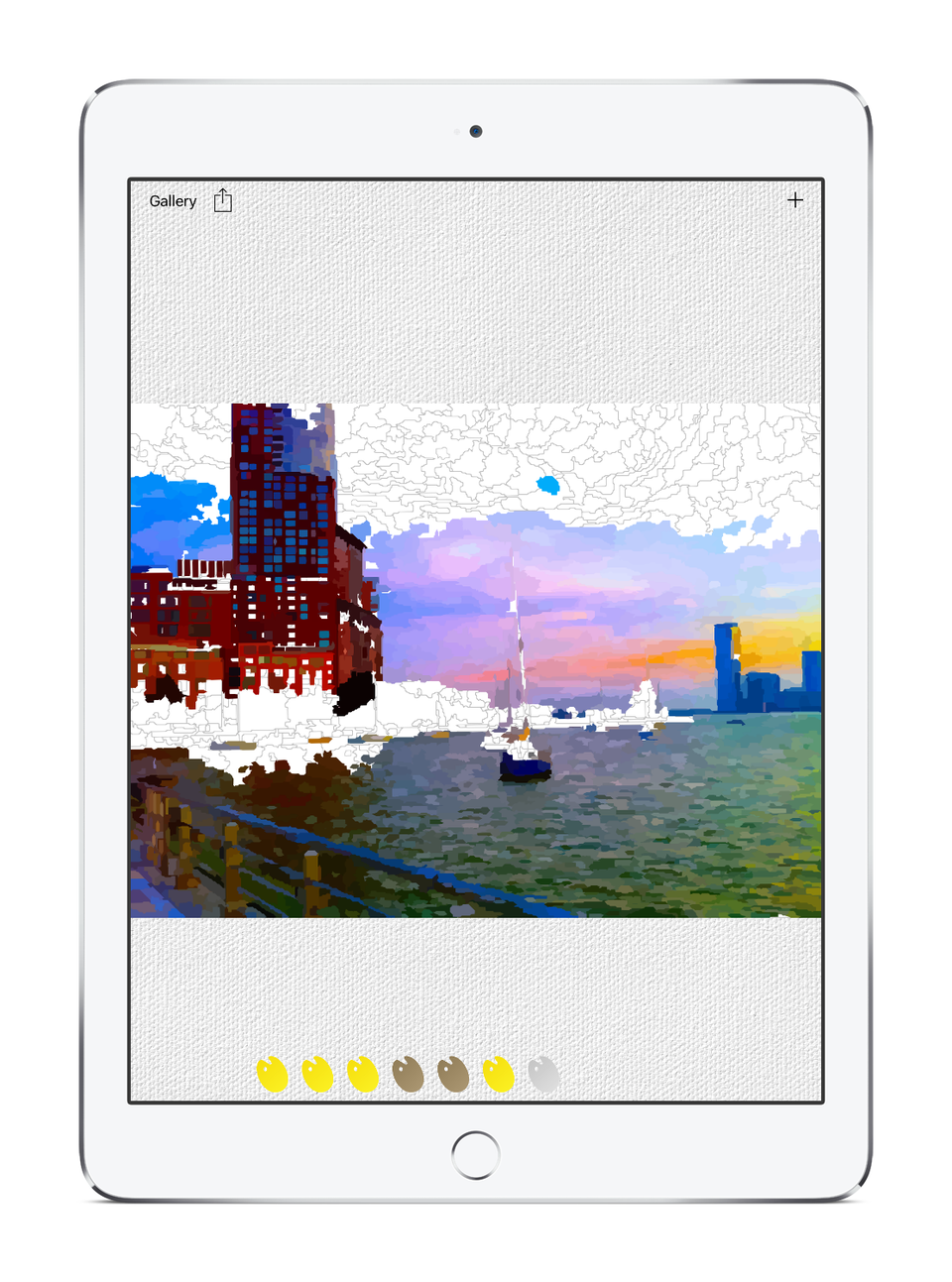For centuries, people with limited vision have heard about artworks like the "Mona Lisa" through verbal description, imagining her famously bewitching smirk without the ability to experience Leonardo da Vinci's masterpiece firsthand. Marc Dillon, an open source enthusiast and software programmer from Helsinki, Finland, wants to change the game.
Through an initiative called Unseen Art, Dillon hopes to provide those living with various types of visual impairments with the universally nutritious experience of encountering art. Unseen Art aims to transform art history's most iconic (and mostly two-dimensional) artworks into three-dimensional reliefs using 3D printing. The touchable works of art will provide millions of blind and visually impaired individuals around the world the opportunity to read a painting as if reading a face.
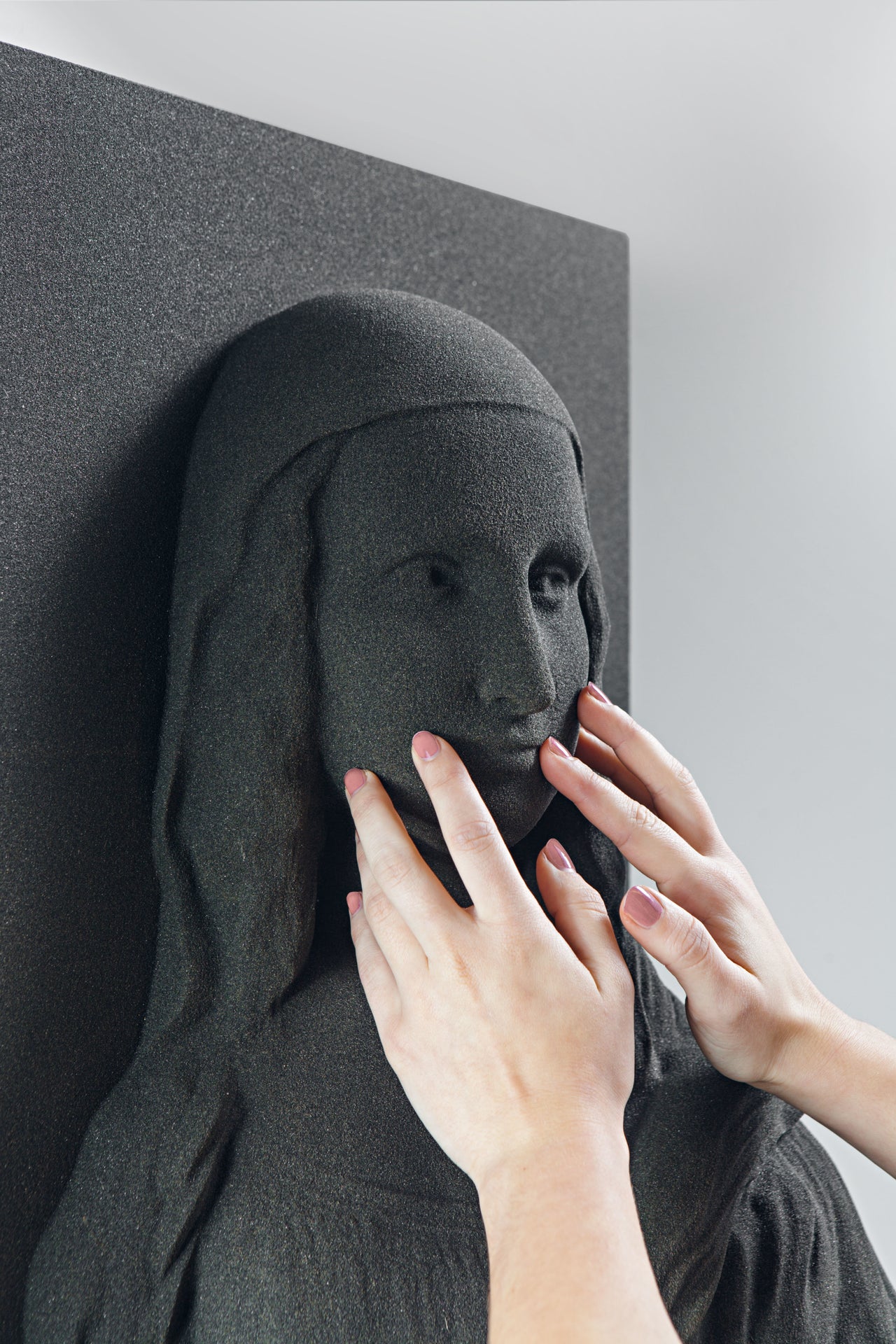
The operation hopes to enlist a variety of artists worldwide to contribute to the effort by volunteering to create 3D models of their favorite artworks. London-based artist Caroline Delen was the first to contribute; her 3D interpretation of the "Mona Lisa" is featured above.
"We are crowdsourcing 3D artists to donate time to recreate classical paintings in 3D," Dillon explained in an interview with Dazed Digital. "The artist starts with a high-resolution scan or photograph of the painting, and then creates an interpretation of the work using 3D tools running on their computer. The artist aims to create depth in the art to make it easier for the hands to feel. Some details may be brought forward, and some may be simplified to highlight an impression of the painting."
This is not the first endeavor to make the art world more accessible to those who are visually impaired. The Guggenheim offers an app that provides in-depth descriptions of works to blind visitors. The Museum of Modern Art allows certain works, approved by conservators, to be touched by viewers wearing thin gloves. Organizations such as Art Beyond Sight advocate for accessibility and programming for the visually impaired as well.
Unseen Art, however, stands apart in its widespread, grassroots vision. Dillon hopes to expand the artworks modeled from the classics, readily available thanks to public domain, and recruit contemporary artists to offer up their works for 3D adaptations as well. Eventually, he wants the 3D models to be experienced in exhibitions, personal homes, and everywhere in between.
Unseen Art is currently fundraising on IndieGogo, hoping to raise $30,000 by December 17.

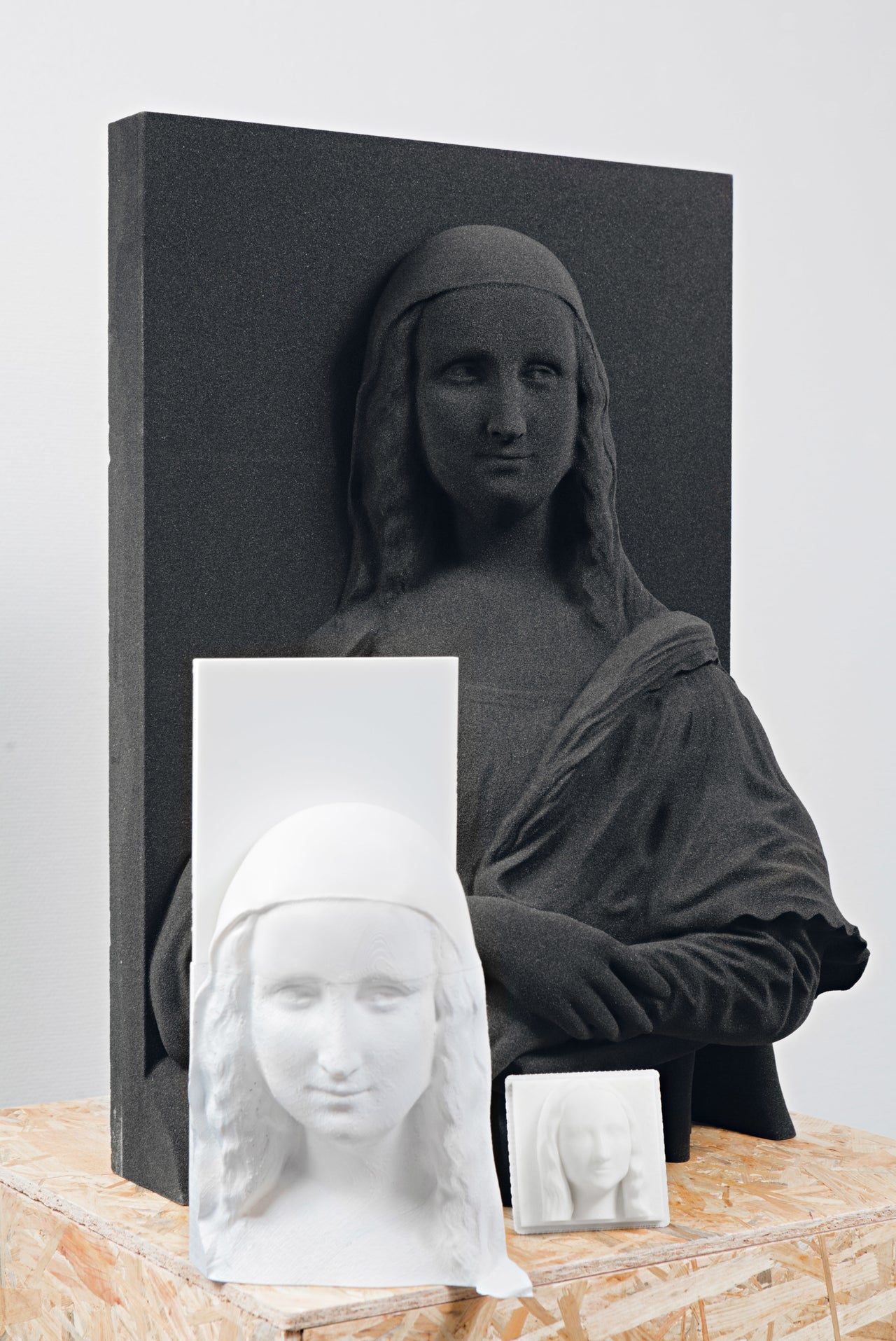
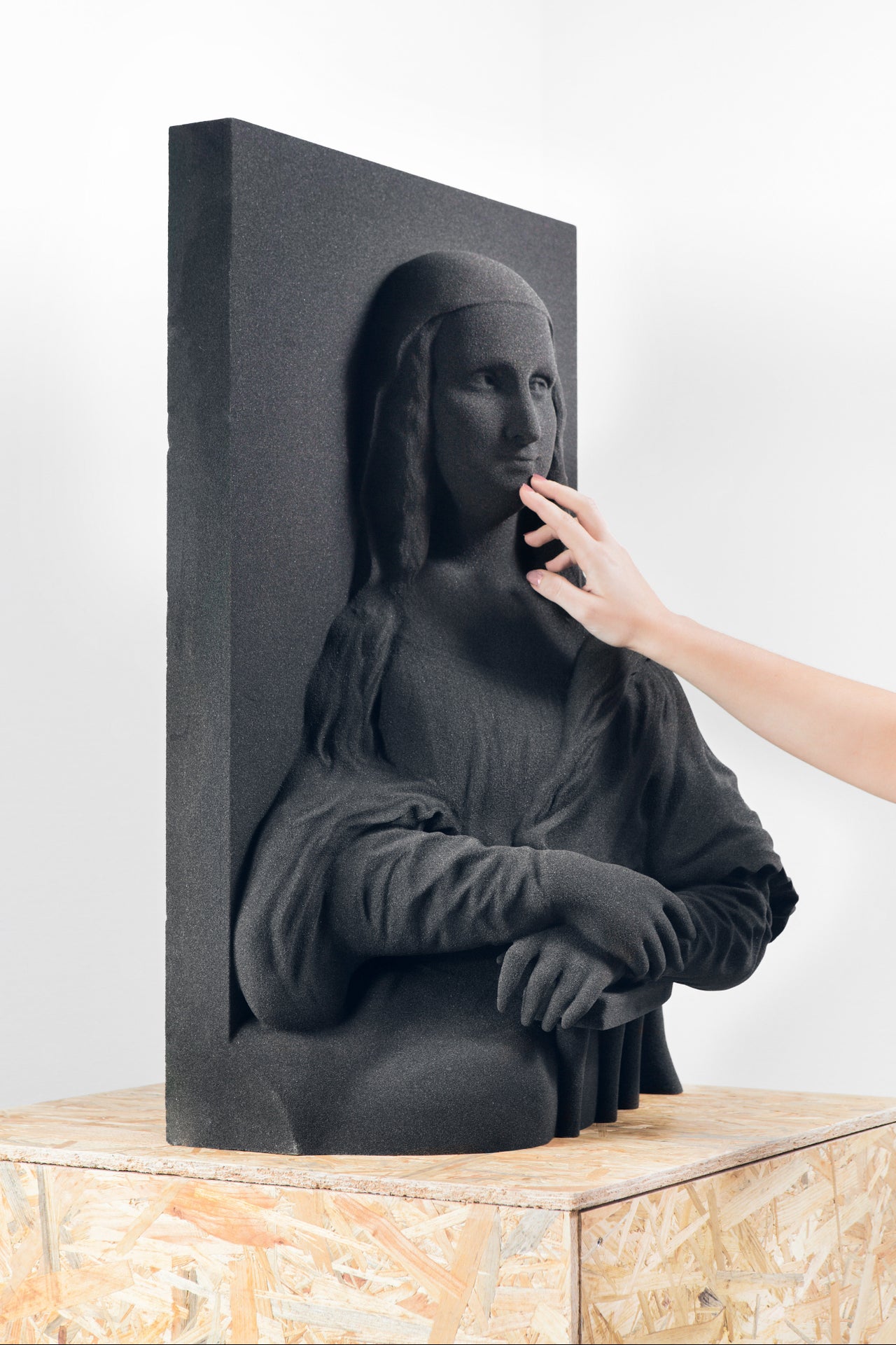
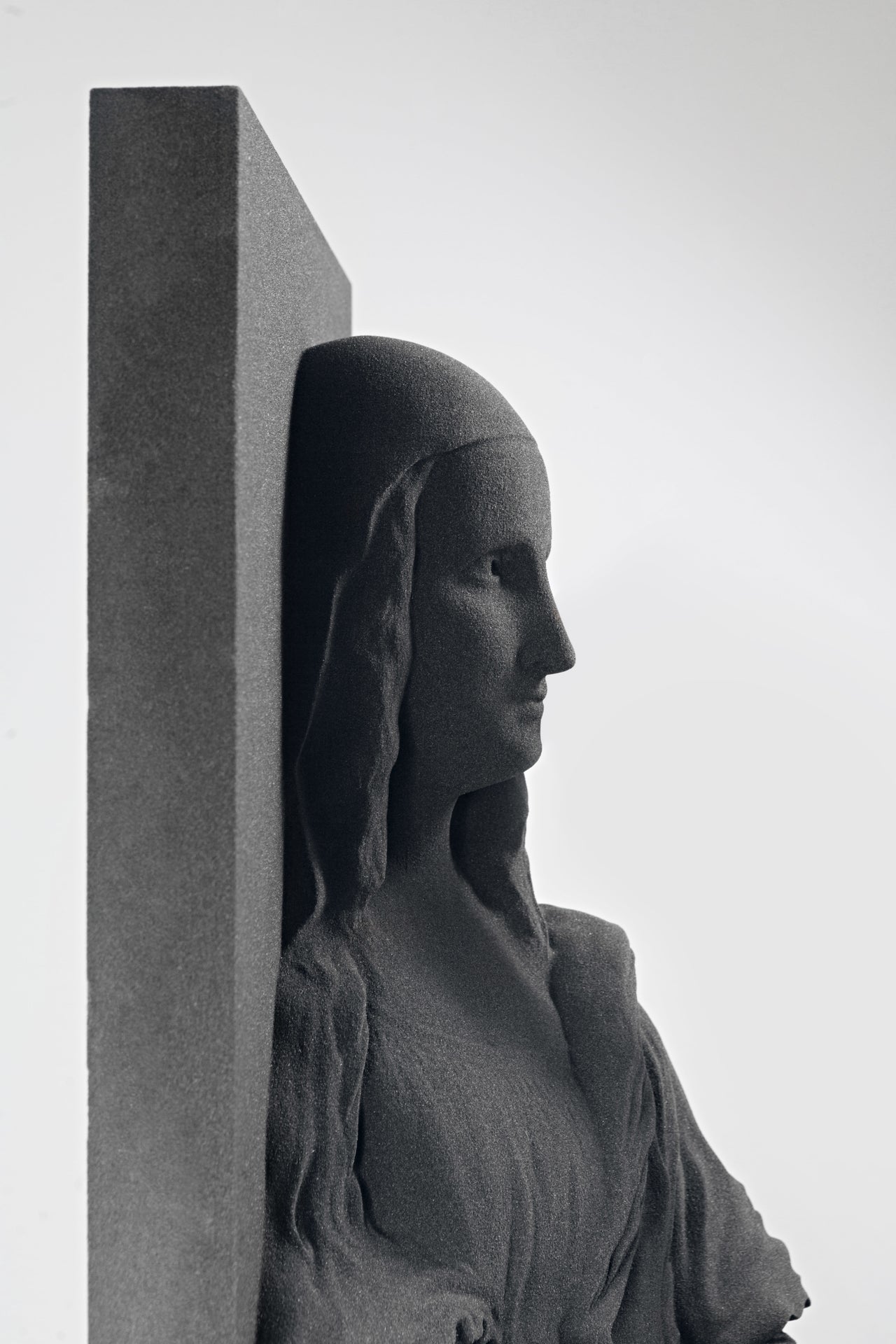
Also on HuffPost:
